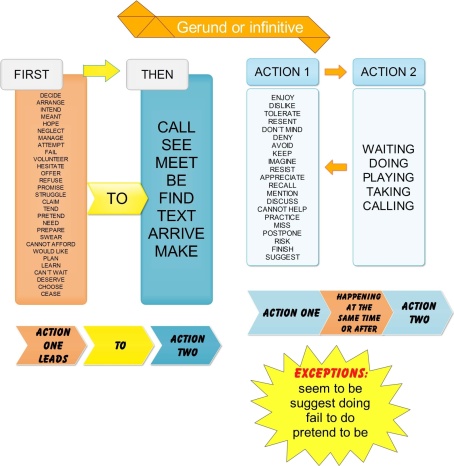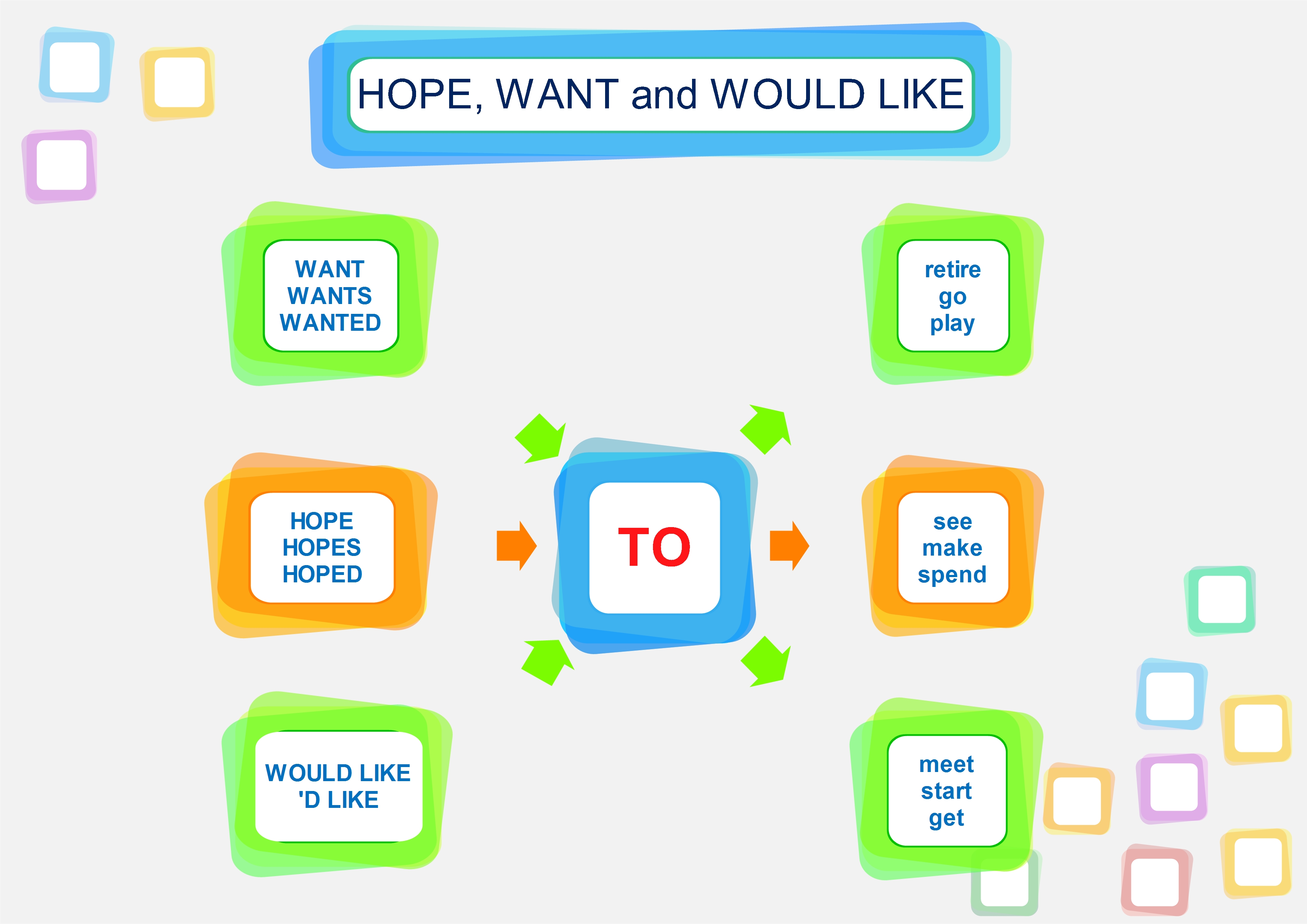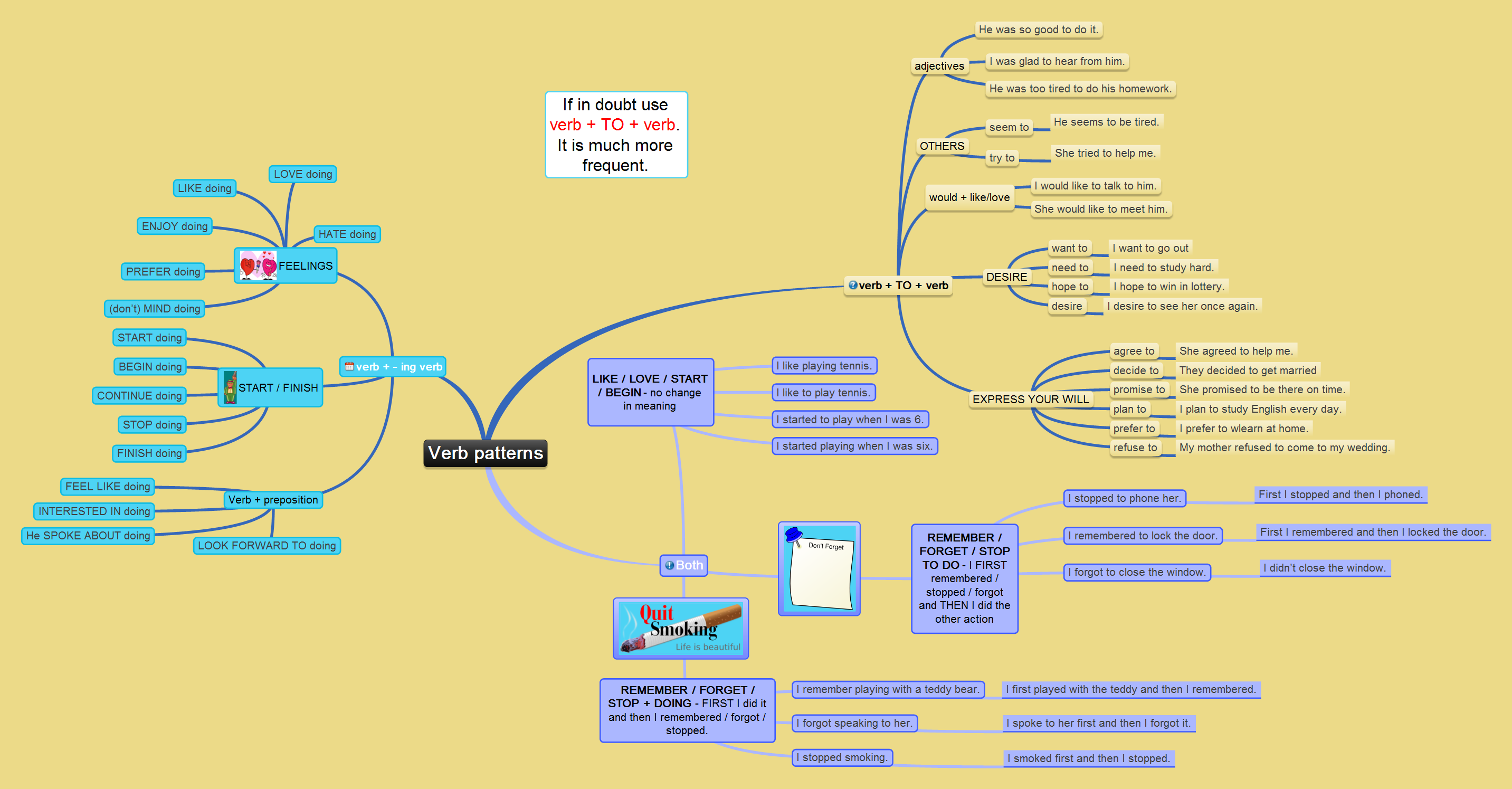Gerund or infinitive?
Engames and Fluency MC have joined forces again to bring you a post that will help you decide whether you should use a gerund or an infinitive after a verb. This post is not going to provide a comprehensive overview of the grammar. Our aim is to give your students a simple guide to help…



